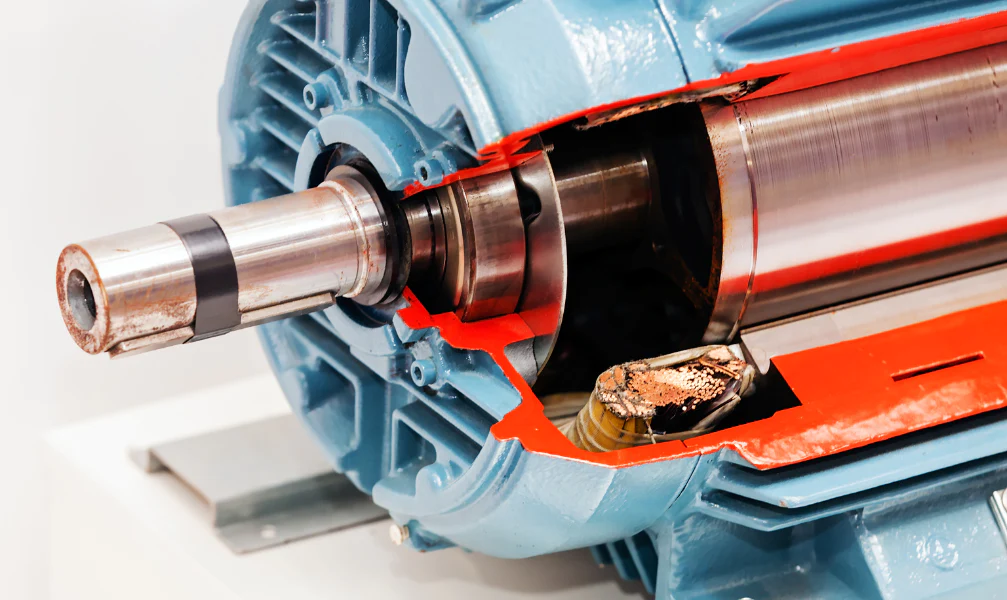
How to reverse the direction of AC motor?
Due to different usage requirements, it is sometimes necessary to reverse the AC motor to provide a better solution.
AC motors are widely used in various industrial and commercial applications for their efficiency and versatility. Occasionally, there may be a need to reverse the direction of an AC motor to accommodate specific operational requirements. Understanding the methods and considerations involved in reversing the direction of an AC motor is crucial for using these motors in different systems.

Methods for Reversing the Direction of an AC Motor
- Reversing the Motor Leads
One of the simplest methods to reverse the direction of an AC motor is by swapping the connections of the motor leads. AC motors typically have multiple leads that connect to different windings within the motor. By interchanging the connections of two leads, the direction of the magnetic field generated by the motor can be reversed, resulting in a change in the motor's rotation direction. It is important to ensure that the motor is de-energized and disconnected from the power source before attempting to swap the motor leads. Additionally, proper labeling and documentation of the original lead configuration are essential for future reference and maintenance.
- Using a Reversing Starter or Reversing Contactor
In cases where frequent direction changes are required or for larger motors, a reversing starter or reversing contactor can be employed. These devices provide a more convenient and reliable means of reversing the motor's direction. A reversing starter or contactor consists of a set of electrical contacts that can be switched to reverse the phase sequence and change the direction of the motor. Reversing starters or contactors are typically controlled by a separate control circuit, allowing for remote operation and integration with other control systems. Proper wiring and configuration of the reversing starter or contactor are crucial to ensure safe and reliable operation.
- Using an Electronic Variable Frequency Drive (VFD)
Electronic Variable Frequency Drives (VFDs) offer advanced control capabilities for AC motors, including the ability to reverse the motor's direction. VFDs provide precise control over motor speed and torque by adjusting the frequency and voltage supplied to the motor. Reversing the direction of an AC motor with a VFD involves changing the direction command or using a dedicated reverse input signal. VFDs also offer additional benefits such as soft-start and speed control, making them an ideal choice for applications requiring dynamic control and flexibility. However, it is important to ensure that the VFD is properly sized and configured for the specific motor and application requirements.
Conclusion
Reversing the direction of an AC motor can be accomplished through various methods, depending on the motor size, control requirements, and application constraints. Swapping motor leads, using a reversing starter or contactor, or employing an electronic VFD are common approaches for achieving motor direction reversal. You should carefully evaluate the specific needs of their applications and select the appropriate method, considering factors such as ease of implementation, control flexibility, and safety. Understanding the techniques and considerations involved in reversing the direction of an AC motor is crucial for maintaining efficient and reliable operation in diverse industrial and commercial settings.



Leave a Comment